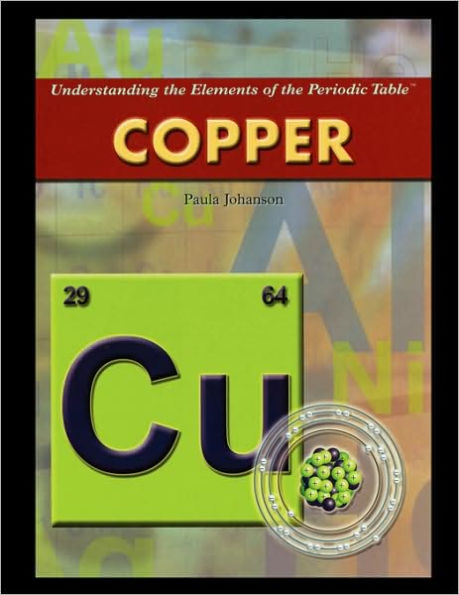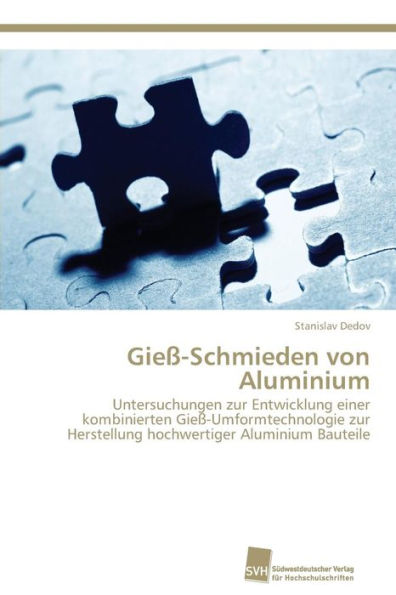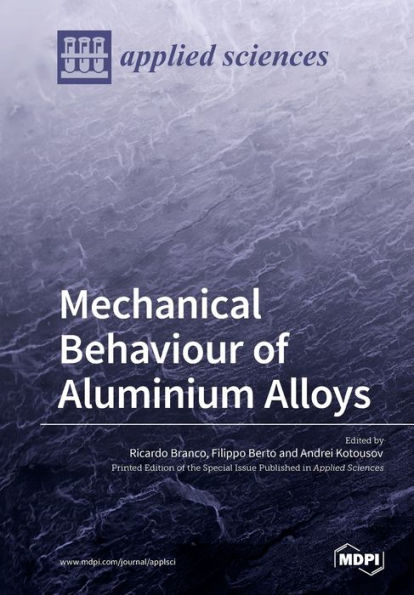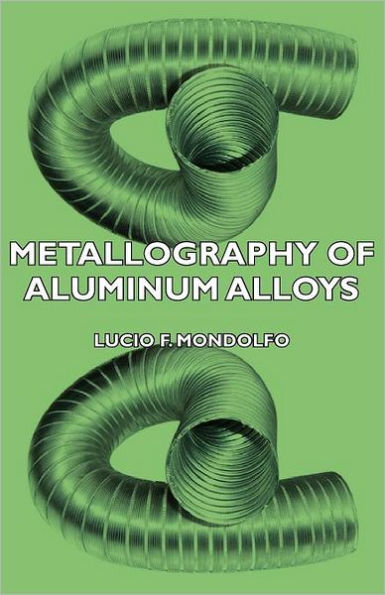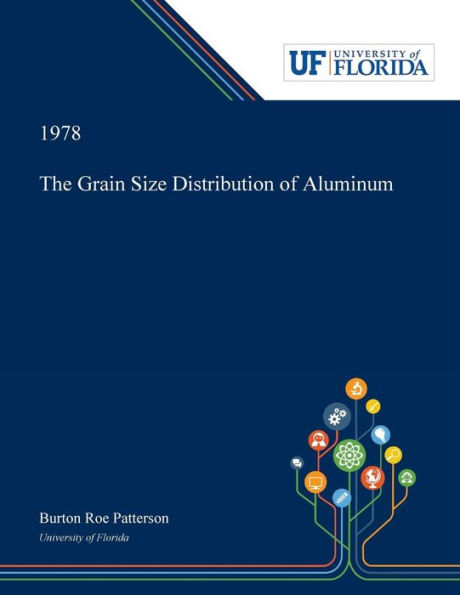Home
Aluminium


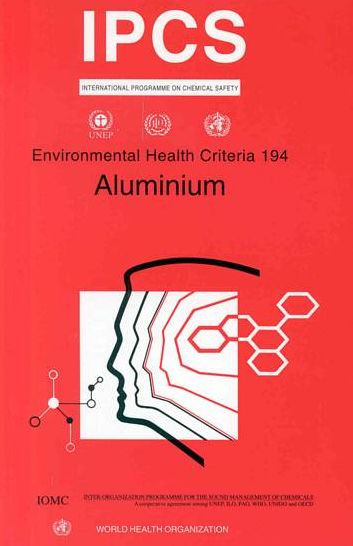
Aluminium
Current price: $72.00
Loading Inventory...
Size: OS
Evaluates the risks to human health and the environment posed by exposure to aluminium. In view of recent evidence suggesting a role of aluminium exposure in the development or progression of Alzheimer's disease, the report gives particular attention to the methodological strengths and weaknesses of epidemiological studies and the relevance to humans of animal data demonstrating neurotoxicity in several species. Over 700 studies were assessed in an effort to resolve current uncertainties about risks to the general population, exposed workers, the elderly, and several other susceptible subpopulations Background information is provided in the opening sections, which summarize what is known about sources of environmental and human exposure, and discuss the main routes and levels of exposure. The report notes that aluminium is released into the environment both by natural processes and from anthropogenic sources. As aluminium is a major constituent of the earth's crust and the third most common element, natural processes far outweigh the contribution of anthropogenic sources. Concerning sources of human exposure, ingestion of aluminium present in food is identified as the main source for the general population - with food and beverages accounting for 90-95% of total daily intake. Much higher exposures are noted to occur in certain occupations and in people taking antacids and buffered analgesics. The report also cites recent evidence indicating that drinking-water is a minor source of human exposure. A review of human and animal data on kinetics and metabolism concludes that aluminium and its compounds are poorly absorbed in humans; the highest levels have been detected in the lungs. In animals, aluminium is distributed in most organs within the body, with accumulation occurring mainly in bone at high dose levels. An evaluation of the large body of data from toxicity studies in experimental animals found no evidence that aluminium is carcinogenic and no evidence of fetotoxicity or adverse effects on reproduction. Considerable evidence indicates that aluminium is neurotoxic, with adverse effects on neurological development and brain function. Studies have also demonstrated toxic effects on bone and osteomalacia, as it presents in man, has been consistently observed. The report found no evidence that exposure induces a neurological pathology with the morphological and biochemical characteristics of Alzheimer's disease. The evaluation of effects on human health gives particular attention to several epidemiological studies carried out to test the hypothesis that aluminium in drinking-water is a risk factor for the development, or acceleration of Alzheimer's disease, and a possible cause of impaired cognitive function in the elderly, and in occupationally-exposed workers. Following a critical assessment of the design of these studies, all of which have flaws, the report concludes that while a possible association cannot be totally dismissed, currently available evidence does not support a causal relationship between Alzheimer's disease and exposure to aluminium in drinking-water. The hypothesis that particular exposures, either occupational or via drinking-water, may be associated with non-specific impaired cognitive function was likewise judged to be inadequately supported by available data. While aluminium has not been shown to pose a risk to healthy, non-occupationally exposed humans, abundant studies demonstrate that patients with renal failure are at risk of neurotoxicity, and other disorders from aluminium present in haemodialysis fluid and pharmaceutical products. As iatrogenic aluminium exposure has been shown to pose a hazard to patients with chronic renal failure and to premature infants, the report concludes that every effort should be made to limit exposure in these groups. Concerning risks to the environment, the report concludes that concentrations of aluminium can increase to levels resulting in adverse effects on both aquatic organisms, and terrestrial plants in some areas subject to strong acidifying inputs.



